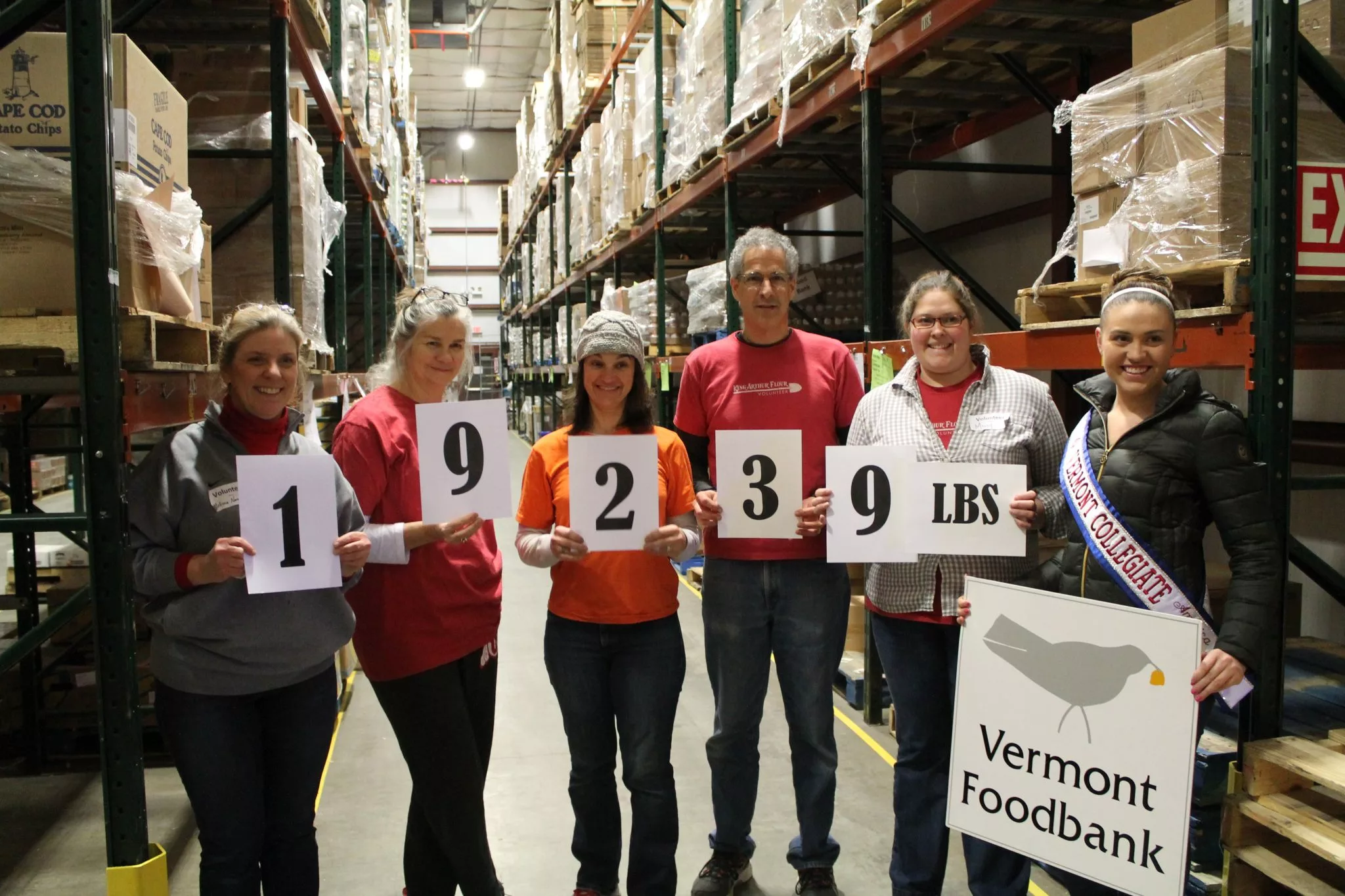Even if your products or services are a “force for good” in the world or you donate a percentage of your revenues to charitable causes, there’s no substitute for the value of hands-on, community-supporting projects that have tangible results where you live. Whether you’re a solopreneur, a start-up, or an established company, an employee volunteer program (EVP) can provide both benefits for local citizens and employee satisfaction, and enhance a workplace culture of service. Here are insights from five successful certified B Corps on how they create EVPs, their successes and challenges, and their advice for others.
Ben & Jerry’s Homemade Holdings Inc.
At one of the most iconic socially responsible companies, the employee volunteer program is celebrating 10 years of activism. In 2016, the company’s 475 Vermont employees contributed 3,258 hours of service. The company provides each of these employees with 40 hours of paid time off every year to work with local service providers.
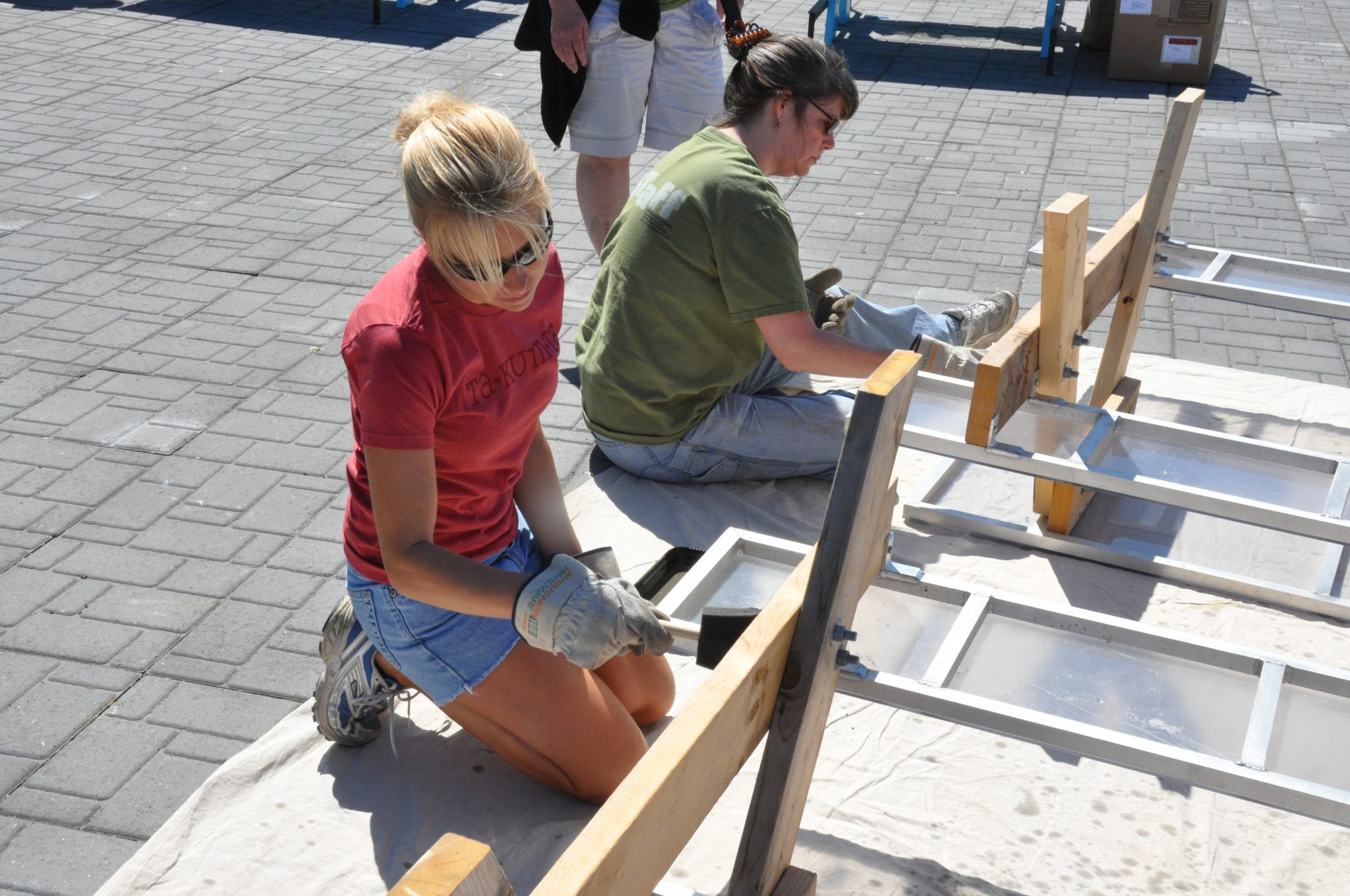
Opticos Design Inc.
This urban design and architecture firm with 17 staff members started its EVP in 2016, and 12 employees logged 72 hours of service. Employees can each donate up to 16 hours per calendar year to a 501(c)(3) charitable organization, with the stipulation that the time may not be used for nonprofits “that discriminate based on creed, race, religion, or sexual orientation.”
Managers noticed that employees tend to forget the program exists, so they have also committed to participating as an entire firm in an additional community service day once a year.
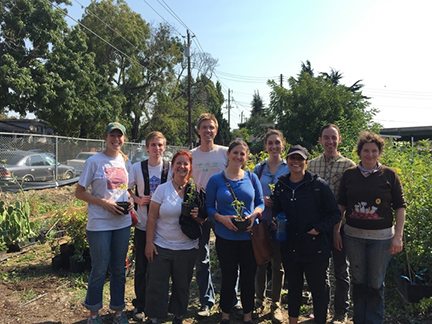
King Arthur Flour Company Inc.
This employee-owned company has an EVP going back to 2000, and in 2016 it had 278 workers contribute 5,294 hours of service. King Arthur Flour donates 40 hours per year for all employees — whether full- or part-time — who can use them to support a 501(c)(3) organization, library, or school. Key lessons learned: Provide specific guidelines (e.g., whether travel time is included), set up some events so employees don’t always have to look for their own projects, and have a tracking system to measure progress and impact.
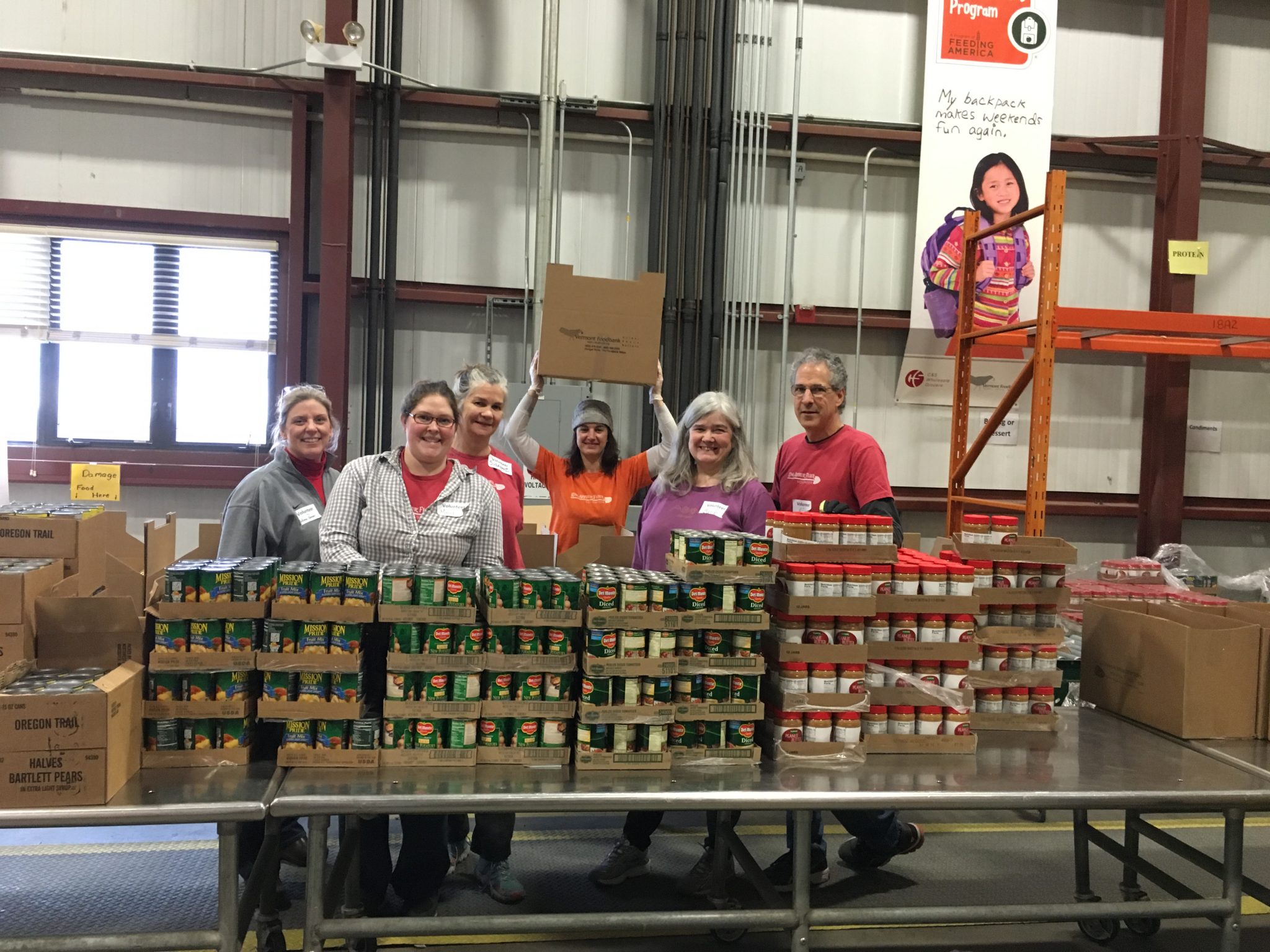
Rhino Foods Inc.
Cookie-dough-inclusion maker Rhino is perhaps best known for its innovative Income Advance Program, yet its EVP is now in its second year. Rhino’s 130 employees receive 8 hours of volunteer time off per year, and in 2016, the company documented 137 hours. “We are an around-the-clock operation with three shifts and many different departments,” says special projects manager Rooney Castle. “From a business perspective, the experience people have working alongside co-workers outside the plant is invaluable, and builds internal community in a way no other company initiative can.” He suggests that some folks are not comfortable having the details of their projects shared, so managers now ask what they can share. Regular reminders and encouragement are also useful to increase participation.
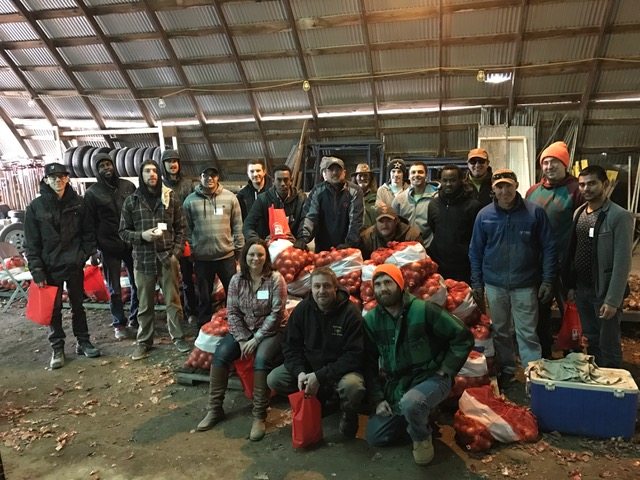
Cabot Creamery Co-operative
Rather than focus simply on its own employee volunteers, cheesemaker Cabot has expanded its employee volunteer program into a free web-based platform available to individuals and nonprofits so they can coordinate participation, track hours, and even win prizes. Called “Reward Volunteers,” the program is supported by the AARP, Points of Light, Cooperatives for a Better World, and National Cooperative Bank. Since its launch in 2012, volunteers have logged 478,000 hours on behalf of 7,300 organizations in 47 states. “The program is intended to mirror the values of our farm-family owners who often volunteer,” says Nate Formalarie, Cabot’s brand communications manager. “It not only gives volunteers the opportunity to win prizes for themselves and their organization, but also gives nonprofits tools to manage their volunteers and post volunteer opportunities.”
Flip Brown is the owner of Business Culture Consultants and the author of “Balanced Effectiveness at Work: How to Enjoy the Fruits of Your Labor without Driving Yourself Nuts.” He loves his job.
